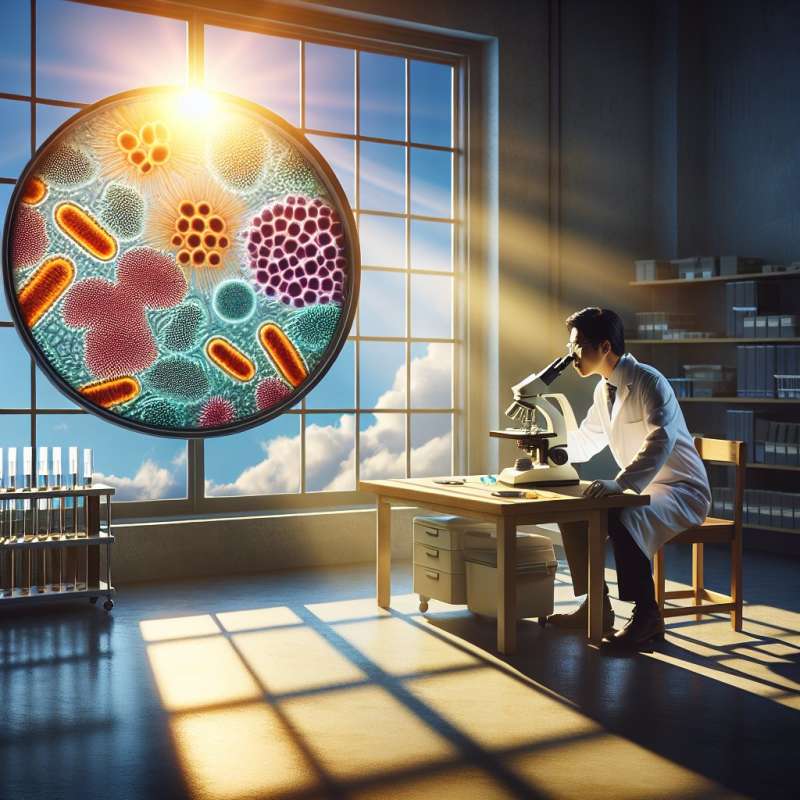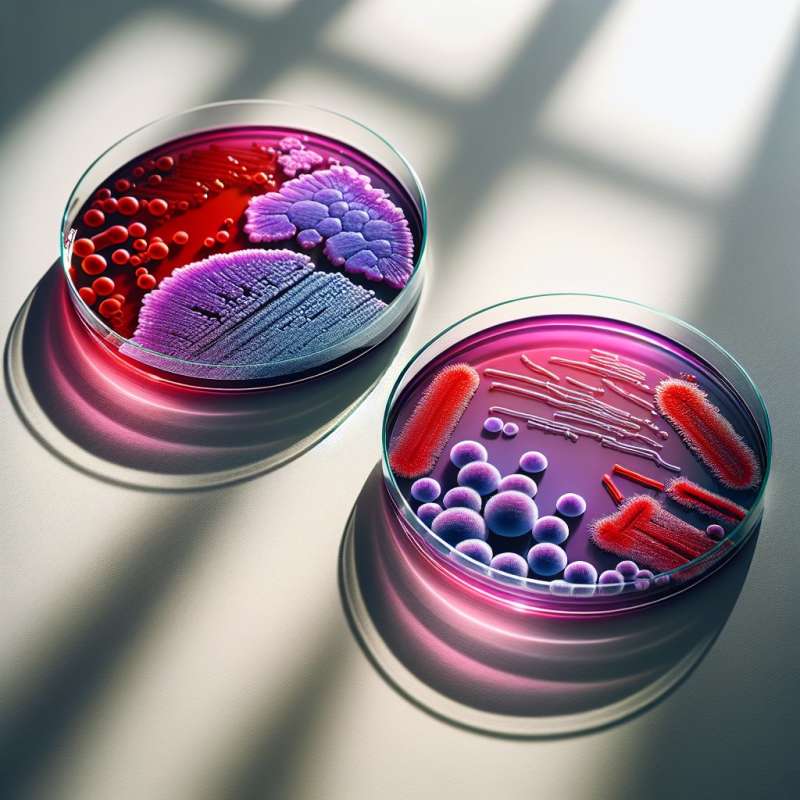
Bacteria Basics: Morphology Introduction
Bacterial morphology refers to the size, shape, and arrangement of cells. Bacteria are typically classified into three basic shapes: cocci (spherical), bacilli (rod-shaped), and spirilla (spiral).
Cocci Varieties and Arrangements
Cocci bacteria can exist as single cells, in pairs (diplococci), chains (streptococci), clusters (staphylococci), or cuboidal packets (sarcinae). Each arrangement results from different replication and peptidoglycan connection patterns.
Bacilli: More Than Rods
Although bacilli are primarily rod-shaped, they vary widely, from short, plump bacilli to long filaments. Some are capable of forming endospores, highly resistant structures that protect the bacteria's genetic material in extreme conditions.
Spirilla Complexity Unveiled
Spirilla are not just simple spirals; variations include vibrios (comma-shaped), spirochaetes (flexible spirals), and spirillum (rigid spirals). Their movement is often powered by flagella, which can be located at one or both ends or around the cell.
Cell Wall Structures Explored
Gram-positive and Gram-negative bacteria differ in cell wall composition, which affects their morphology. Gram-positive bacteria have a thick peptidoglycan layer, whereas Gram-negative bacteria have a thin layer and an outer membrane containing lipopolysaccharides.
Unusual Shapes and Adaptations
Beyond the common shapes, some bacteria exhibit unique forms. Star-shaped Stella and rectangular Haloarcula challenge the traditional morphology paradigms, hinting at evolutionary adaptations to specific environmental niches.
Arrangement Impact on Pathogenicity
The shape and arrangement of bacteria can influence their pathogenicity. For example, the chain formation in Streptococcus pyogenes is associated with its ability to cause infections, demonstrating the link between morphology and virulence.Bacteria Live in Space
Some bacteria can survive the harsh conditions of space, including extreme radiation and vacuum environments, showcasing their incredible resilience and adaptability.
What defines bacterial morphology?
Cell size, shape, and arrangement
Cell color and gram staining
Nucleus shape and size
Company